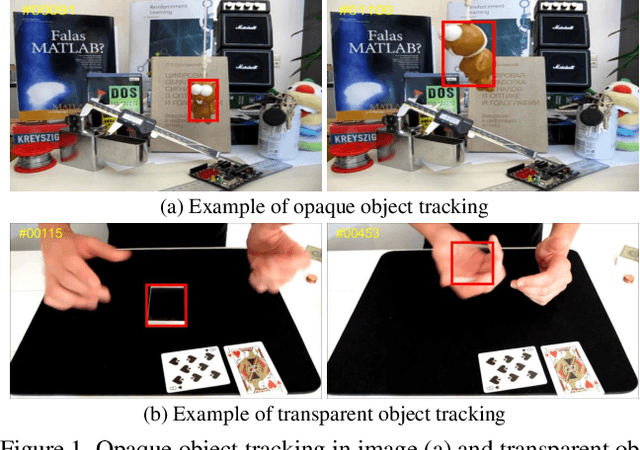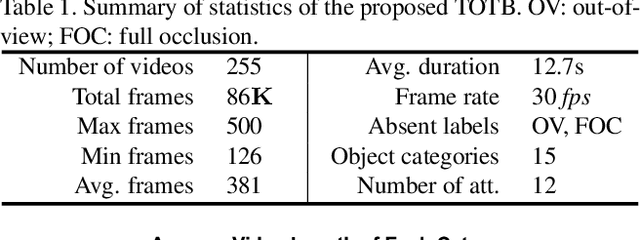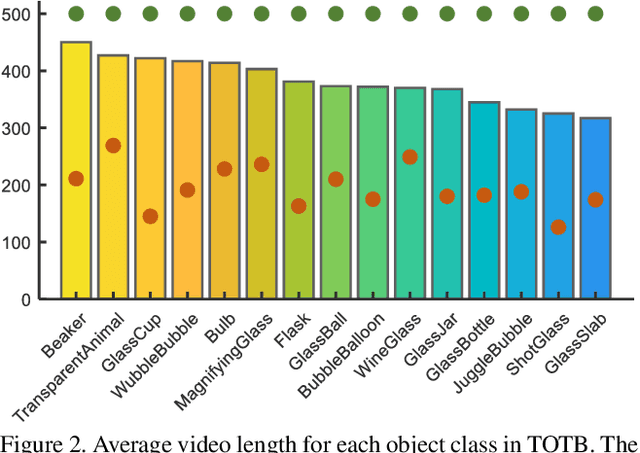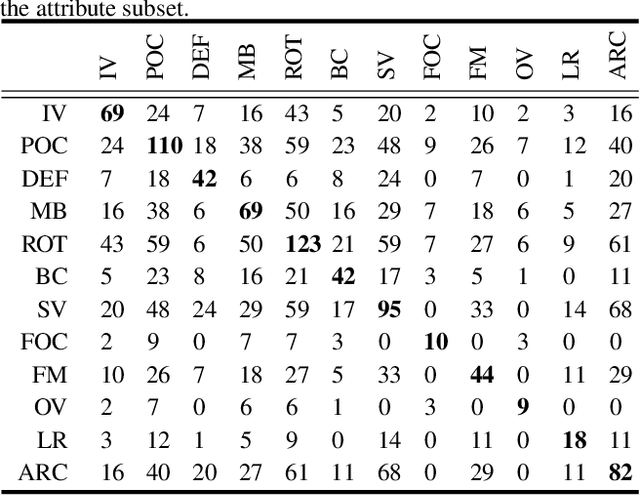Zhilin Zou
TopoTxR: A topology-guided deep convolutional network for breast parenchyma learning on DCE-MRIs
Nov 05, 2024



Abstract:Characterization of breast parenchyma in dynamic contrast-enhanced magnetic resonance imaging (DCE-MRI) is a challenging task owing to the complexity of underlying tissue structures. Existing quantitative approaches, like radiomics and deep learning models, lack explicit quantification of intricate and subtle parenchymal structures, including fibroglandular tissue. To address this, we propose a novel topological approach that explicitly extracts multi-scale topological structures to better approximate breast parenchymal structures, and then incorporates these structures into a deep-learning-based prediction model via an attention mechanism. Our topology-informed deep learning model, \emph{TopoTxR}, leverages topology to provide enhanced insights into tissues critical for disease pathophysiology and treatment response. We empirically validate \emph{TopoTxR} using the VICTRE phantom breast dataset, showing that the topological structures extracted by our model effectively approximate the breast parenchymal structures. We further demonstrate \emph{TopoTxR}'s efficacy in predicting response to neoadjuvant chemotherapy. Our qualitative and quantitative analyses suggest differential topological behavior of breast tissue in treatment-na\"ive imaging, in patients who respond favorably to therapy as achieving pathological complete response (pCR) versus those who do not. In a comparative analysis with several baselines on the publicly available I-SPY 1 dataset (N=161, including 47 patients with pCR and 114 without) and the Rutgers proprietary dataset (N=120, with 69 patients achieving pCR and 51 not), \emph{TopoTxR} demonstrates a notable improvement, achieving a 2.6\% increase in accuracy and a 4.6\% enhancement in AUC compared to the state-of-the-art method.
* 22 pages, 8 figures, 8 tables, accepted by Medical Image Analysis ( https://www.sciencedirect.com/science/article/abs/pii/S1361841524002986 )
Transparent Object Tracking Benchmark
Nov 21, 2020



Abstract:Visual tracking has achieved considerable progress in recent years. However, current research in the field mainly focuses on tracking of opaque objects, while little attention is paid to transparent object tracking. In this paper, we make the first attempt in exploring this problem by proposing a Transparent Object Tracking Benchmark (TOTB). Specifically, TOTB consists of 225 videos (86K frames) from 15 diverse transparent object categories. Each sequence is manually labeled with axis-aligned bounding boxes. To the best of our knowledge, TOTB is the first benchmark dedicated to transparent object tracking. In order to understand how existing trackers perform and to provide comparison for future research on TOTB, we extensively evaluate 25 state-of-the-art tracking algorithms. The evaluation results exhibit that more efforts are needed to improve transparent object tracking. Besides, we observe some nontrivial findings from the evaluation that are discrepant with some common beliefs in opaque object tracking. For example, we find that deep(er) features are not always good for improvements. Moreover, to encourage future research, we introduce a novel tracker, named TransATOM, which leverages transparency features for tracking and surpasses all 25 evaluated approaches by a large margin. By releasing TOTB, we expect to facilitate future research and application of transparent object tracking in both the academia and industry. The TOTB and evaluation results as well as TransATOM will be made available at https://hengfan2010.github.io/projects/TOTB.
 Add to Chrome
Add to Chrome Add to Firefox
Add to Firefox Add to Edge
Add to Edge